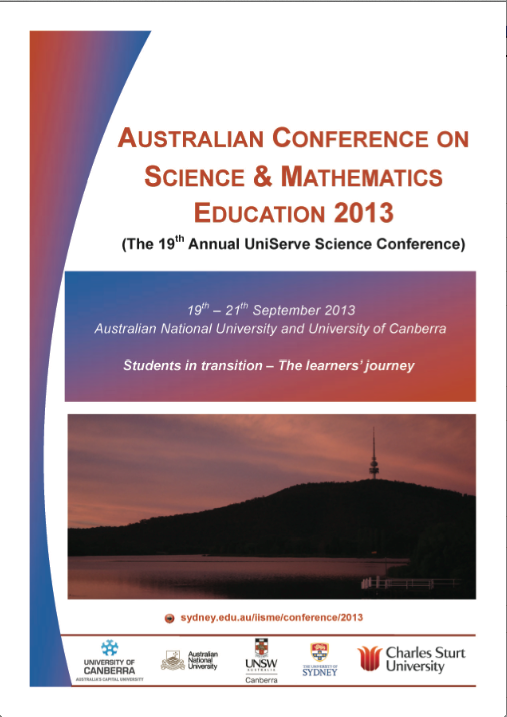First year university students’ visualization of the submicroscopic world
Abstract
In one way or another, knowledge and understanding of chemistry is generated, expressed, taught, and communicated at three different “levels”, these are known as the macro, submicroscopic and symbolic levels of representation (Johnstone, 1991) (Johnstone, 1993). The submicroscopic level of representation concerns the world of atoms and their derivatives; ions and molecules, and this unobservable world is accessible only by imagination. Imagination is a key component of student understanding and its significance cannot be underestimated (Bucat & Mocerino, 2009). However, most students’ knowledge resides almost exclusively at the symbolic level (Johnstone, 1991). The aims of this research include understanding how first year chemistry students imagine chemical processes at the submicroscopic level of representation. To date, data has been collected on how students visualize the products (including the solvent) of a common precipitation reaction. Students who were prepared to participate further in the research project were interviewed at the end of first semester to assess how their understanding of the concepts had changed. Students drew diagrams of ions, atoms and molecules, which were assessed for conceptual appropriateness using set criteria. The diagrams for each compound were initially grouped into two broad categories of appropriate or inappropriate representations. Inappropriate representations were further grouped into sub-categories.Downloads
Published
2013-09-23
Issue
Section
Abstracts
